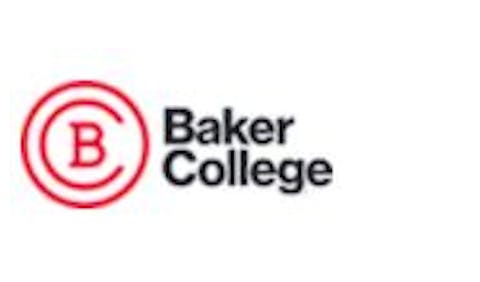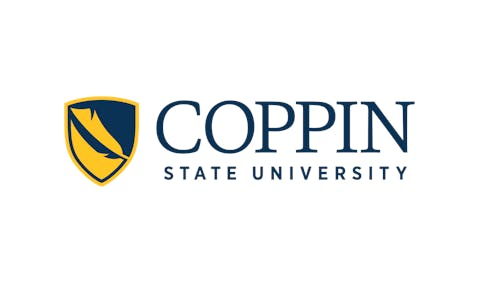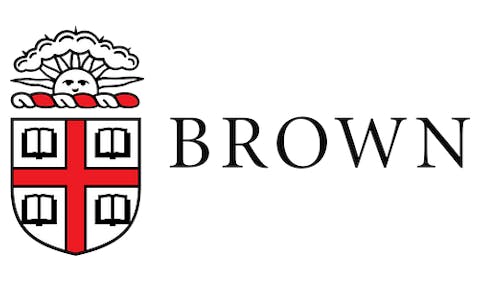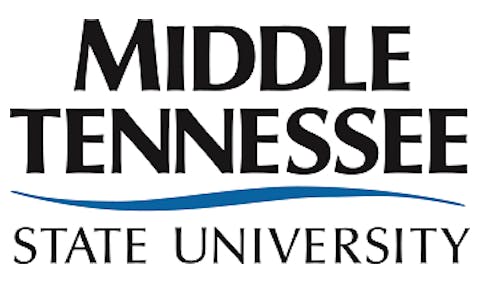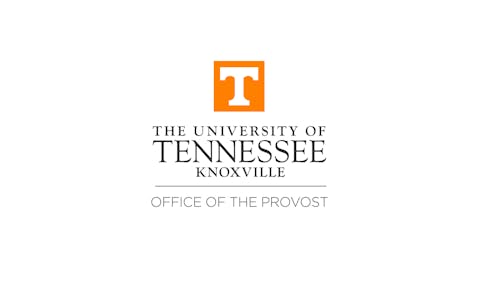
“Parent PLUS loans present conundrums for both the government issuing the loans and the parents who take them on,” said Peter Granville, the study’s author and TCF’s senior policy associate. “The loans provide liquidity for families who need it to send their child to college. But it is a very risky, long-term gamble. The government, colleges, and families are all doing what seems best for the child’s college opportunity, yet this can trap parents in debt. And for no group is this more true than low-income communities of color.”
Parent PLUS loans are held by more than 3.7 million families and account for upwards of $104 billion in student debt nationwide. These loans have high interest rates and fewer options to lower monthly payments, so the risk of default is greater compared to other federal student loans.
“I think this report takes a comprehensive look at what I always felt was a bellwether for the serious affordability issues in higher education, particularly for Black families,” said Rachel Fishman, deputy director for higher education research at New America, a think tank. Fishman has also researched Parent PLUS loans in recent years. “We could be solidifying a racial wealth gap with something seen as supposed to mediate that racial wealth gap.”
Fishman explained that Parent PLUS loans were initially created to give middle-class and upper middle-class parents more flexibility for how to pay for college. Yet the skyrocketing cost of tuition and fees has meant more low-income families have used these loans despite their perilous terms. At the same time, public funding for higher education, particularly federal grant aid for students, has not caught up with price hikes.
“More and more families have had to turn to this loan in ways that it was never intended to be utilized for,” said Fishman. “The way this program was created does not protect the borrowers in the program.”
Since 2000, the annual disbursement of Parent PLUS loans tripled nationwide, according to the TCF study. Disbursement stood at about $5 billion in 2000, then leapt to over $15 billion in 2016, prior to COVID-related enrollment drops. Most of that increase came from a 269% rise in using Parent PLUS loans to go to public universities.
In addition, most students today that rely on Parent PLUS loans also receive Pell Grants, or federal aid for students from low-income homes. This is particularly evident at historically Black colleges and universities (HBCUs). About 80% of Parent PLUS recipients at HBCUs receive Pell Grants, compared to 60% overall nationwide.
The TCF study found that the median Parent PLUS debt load held by a student’s parents upon program completion is $29,600. After ten years of repayment, more than half of that initial balance remains, on average, due to the high fees and interest each month. And after 20 years, 38% of the initial balance remains.
Parent PLUS debt also hits low-income Black and Latino families the hardest. The study found that in 2018, about 42% of Black Parent PLUS borrowers were from families with an expected family contribution (EFC) to a college education of zero. This figure is calculated by the U.S. Department of Education. A zero EFC indicates families with little income or wealth. About 26% of Latino Parent PLUS recipients were zero-EFC. Yet among white families, only 8% of Parent PLUS borrowers were zero-EFC.
“These findings speak to our worries that these loans are being extended to families who want to do everything they can to make sure their children get to college—but based on their financial situation, they aren’t necessarily in a position to pay that debt back,” said Kristin Blagg, senior research associate at the Urban Institute, a think tank, where she has also studied Parent PLUS loans. “We need to ensure college access without having families fall into those debt traps.”
Another key finding in the TCF study was that ten years after starting repayment, Parent PLUS borrowers whose children went to top colleges for Black enrollment still owe an average of 96% of their loan principal. Yet parents of students who went to top white college enrollment owe an average of just 47% of their principal over the same time period. Such a sharp contrast struck Granville.
“I was expecting to see different repayment rates based on the schools’ racial compositions, but I was surprised by how stark that turned out to be,” said Granville, referring to Figure 4 in the study. “You see two completely diverging patterns. It’s like you’re walking in the woods, and one path goes to the right, the other path goes to the left, and there is almost nothing in the middle. That’s what this chart looks like because there is such a higher unpaid balance at schools attended by Black students.”
Granville pointed out that stopping low-income families from taking on Parent PLUS loans would likely do more harm than good without a broader look at higher education affordability.
“So, what do we do next? If you take away Parent PLUS loans from very low-income families, you reduce the chance that they’ll default, but they might not go to college in the first place,” said Granville. “So, we propose that there should be a concerted effort in Congress to increase grant aid to schools where there has been no other option but Parent PLUS. This especially includes HBCUs, but the list doesn’t have to end there.”
Responding to mounting public pressure to tackle the student debt crisis, President Biden has also been considering canceling $10,000 of student debt per borrower through an executive order. Yet Parent PLUS borrowers are often left out of these conversations. To Granville, the language of “per borrower” rather than “per student” in any debt cancellation move could be critical.
“Whenever President Biden announces his student debt cancellation plan, you’re going to hear opponents argue that student loan borrowers are not a deserving group,” he added. “You’ll hear that many borrowers are better off because of their degrees. I hope that this report challenges that narrative.”
Granville noted that around one third of Black parents with Parent PLUS loans also have loans for their own education on top of those for their children’s education.
“When the average American sees a news story about borrowers, I don’t think parent borrowers come to mind. And yet these parents are among those who are the most in need and deserving of relief,” said Granville. “The Biden administration will have to combat a lot of stereotypical thinking about who student loan borrowers are. I hope this is a window into a population often forgotten in the student debt conversation–and for whom cancellation is badly needed.”
Rebecca Kelliher can be reached at [email protected].












